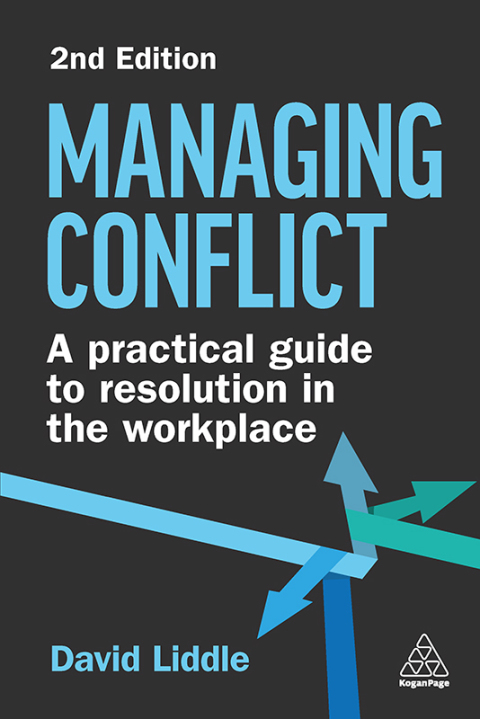Description
Efnisyfirlit
- Cover
- Endorsements
- Titlepage
- Dedication
- Contents
- List of Figures
- List of Tables
- Preface to the second edition
- Introduction
- The challenges of managing conflict
- The cost of conflict
- A lack of a coherent resolution strategy undermines organizations’ efforts to resolve conflict
- Dealing with the ‘f words’ of the modern organization
- Redefining resolution
- An emerging role for mediation
- The Resolution Framework
- If the only tool you have in your toolbox is a hammer…
- Objectives of this book
- How to use this book
- PART ONE Putting conflict into context
- 01 What’s wrong with contemporary conflict management and what to do about it
- Putting conflict into context
- What is conflict?
- Managing conflict in the hybrid workplace
- The two types of conflict
- Conclusion
- References
- 02 The lifecycle of a conflict: How and why conflicts escalate
- Introduction
- The lifecycle of a conflict
- Unresolved conflict in teams
- Conclusion
- Reference
- 03 The causes and the sources of conflict at work
- Introduction
- The top 10 causes of dysfunctional workplace conflict
- Resources
- Note
- References
- 04 Managing conflict: An employment law perspectiveKatie Johnston and Laura Farnsworth, Lewis Silkin LLP
- Introduction
- Mediation and employment law
- Mediation and the legal process – navigating the quagmire
- Practical considerations
- Conclusion
- Notes
- References
- PART TWO A practical guide to managing conflict
- 05 Measuring the costs of conflict and the impact of a toxic culture
- Introduction
- How to measure the cost and impact of conflict in your organization
- Undertaking your conflict analysis: a practical guide
- Notes
- References
- 06 The psychology of conflict and conflict management
- Introduction
- Conflict and loss
- Introducing positive psychology
- How emotional intelligence is changing the way we handle conflict at work
- Conclusion
- References
- 07 Routes to resolution: Introducing the resolution spectrum
- Introducing the resolution spectrum
- Mediation
- Coaching at times of conflict, crisis or change
- Team conferencing
- Early neutral evaluation
- Conclusion
- Note
- 08 Developing a Resolution Framework to resolve conflicts and concerns at work
- The inception, design and implementation of the Resolution Framework
- The benefits of developing and embedding TCM’s Resolution Framework
- Conclusion
- Notes
- Reference
- 09 How to resolve a toxic workplace culture
- How the toxic culture starts
- Transforming mindset, language and behaviours
- How to begin addressing a toxic workplace culture
- Transitioning from a toxic culture to a transformational culture
- A practical toolkit for addressing the toxic culture
- Conclusion
- Notes
- References
- 10 Mediation: An in-depth analysis of its many benefits and applications
- Introducing mediation
- Introducing the FAIR Mediation Model
- The mediation process
- The features, advantages and benefits of mediation
- Conclusion
- Note
- References
- 11 How to develop an internal mediation scheme
- Introducing the internal mediation scheme
- The benefits of developing an internal mediation scheme
- Internal mediation scheme toolkit
- Conclusion
- Notes
- References
- 12 Total Conflict Management: A whole-system approach for managing conflict
- Introduction
- What is TCM?
- Applying TCM in practice
- Notes
- References
- PART THREE Resolution resources
- 13 A quick conflict health check
- Working with feelings during conflict
- De-escalating strong emotions
- 10-minute active listening technique
- 10-factor Conflict Model
- Managing conflict in teams
- Mediation: frequently asked questions
- Integrating TCM’s Resolution Framework – building your business case
- How to set up a facilitated (roundtable) conversation
- A few facilitator dos and don’ts
- How to run a successful focus group
- Glossary
- Index
- Copyright





